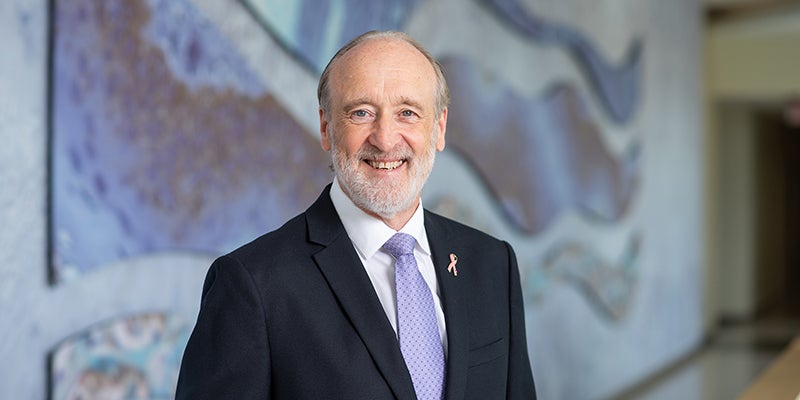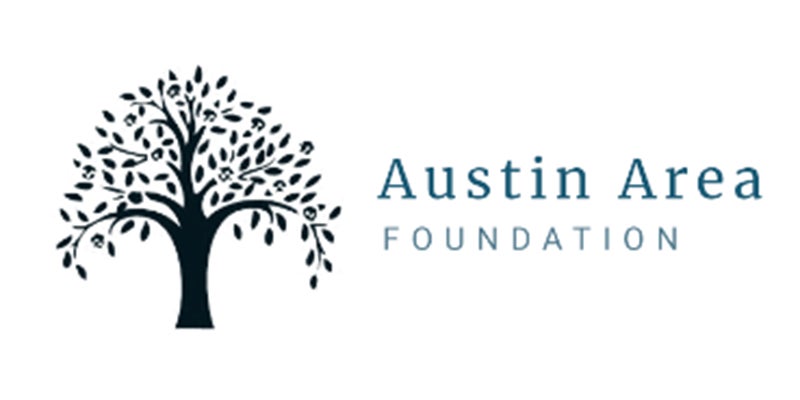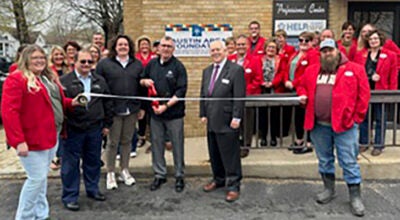For Minnesotans suffering with sickle cell, FDA delivers new hope
Published 5:46 pm Friday, February 16, 2024

- Damani Green, 16, and his mom Melinda Schuelke look through Damani’s baby photos at their home in Maplewood, Minn., on Feb. 14, 2024. Damani was diagnosed with sickle cell disease at just a week old and is considering a new curative treatment recently approved by the FDA. Kyra Miles/MPR News
|
Getting your Trinity Audio player ready...
|
By Kyra Miles
When Damani Green was little, he was told he’d never be able to play sports because of his sickle cell disease. Today, the 16-year-old plays basketball and soccer at school.
Getting his body to the point of playing, though, has meant enduring transfusions along with a form of chemotherapy originally created for leukemia patients, all to relieve sickle cell’s crippling pain. Because of the disease, he’s also had to put his dream of joining the Air Force on hold.
Suddenly, though, there’s hope where there wasn’t before for Damani and the tens of thousands of people in Minnesota and across the country who suffer from sickle cell, a disease that largely affects people of African descent. The U.S. Food and Drug Administration recently approved two new gene therapies that promise a cure.
“I still need to know more, of course,” Damani said, “but just knowing that it could potentially cure me, I overall, think it could be a possible great idea.”
For Minnesotans who’ve worked for years to improve sickle cell care here, there’s new optimism mixed with realism. The gene therapies could revolutionize treatment and they offer the promise of lifting the debilitating pain many suffer. But the initial costs top $2 million, putting it potentially out of reach unless insurance agrees to cover it.
‘Don’t want to feel that sickle cell pain’
Sickle cell disease generates intense pain, fatigue, and a high risk for infections due to the sickled shape of patients’ red blood cells bumping up against each other. In the United States, 1 in 365 African American babies is born with sickle cell disease, far greater than any other racial or ethnic group. Hispanic Americans, the next highest, see the disease at a rate of 1 in 16,000.
Damani’s treatment to relieve the pain includes the drugs Endari and hydroxyurea. They’ve been pretty much the only treatment for 40 years.
“If it is hydroxyurea or blood transfusions, everything actually tries to put a Band-Aid on the disease. It is not really curing the disease,” said Dr. Ashish Gupta, an assistant professor at the University of Minnesota Medical School. “If you have to cure the disease, you have to go to the stem cell level.”
Gupta, part of the medical school’s division of pediatric blood and marrow transplantation and cellular therapy, is one of the only pediatric transplant specialists that consults for these new gene therapies in Minnesota.
Before FDA approval, bone marrow transplants were the only curative option Gupta could suggest for his patients, but that required finding a qualified matching donor.
The gene therapies make treatment more accessible by using a patient’s own stem cells to replace their sickled ones with healthy ones. It’s a long process that Gupta said takes six to eight months. But the chance to be cured is a big motivator for his younger patients.
“What happens is that I think for the younger kids, they don’t want to feel that sickle cell pain,” Gupta said. “They want to live, they want to go to school, they want to live life without any restrictions, which sickle cell imposes on them.”
Gupta believes it’s important for more focus to be on offering these therapies to kids, before the disease gets worse as they age.
Since 1988, every newborn in Minnesota has been screened for sickle cell disease. The Department of Health will notify families and refer them to a hematologist like Dr. Stephanie Fritch Lilla at Children’s Minnesota hospital in Minneapolis.
Over 50 percent of Minnesota babies born with sickle cell disease are born in Hennepin County where much of the state’s Black population resides. Fritch Lilla’s found the disease to be understudied and underfunded.
“I sometimes think we lose sight of that it’s a life shortening diagnosis. There’s stroke. There’s kidney disease. There are so many complications that go into sickle cell that we need to push this forward, we need to be looking for better cures and better solutions for our patients and families. And we need to bring it to light,” Fritch Lilla said.
‘Yes, let’s do this’
As a young adult living with sickle cell disease, Claire Flanum, 22, is an advocate for more education around the disease. She spent a lot of time growing up traveling to Children’s Minneapolis to get blood transfusions
“I remember being very angry when I just couldn’t do things that everyone else could do,” Flanum said. “And it was very frustrating growing up. A lot of people around me didn’t understand what sickle cell was. They thought it was just something that you can get over in a few days.”
The new curative therapies give her hope for all those with sickle cell.
“Growing up, it was very much like: You have sickle cell. You’re going to have to deal with it,” Flanum recalled. “Like, this is what your life is going to be like and it’s not curable. So I think now being able to give children or adults that really struggle with it hope — it’s mind-blowing to me.”
When Rae Blaylark was caring for her son with sickle cell disease she found it isolating, which is why she founded the Sickle Cell Foundation of Minnesota, to foster community for patients and their caregivers.
Sickle cell disease is the most common genetic blood disorder in the world and in the U.S., but systemic racism and it being thought of as a “Black disease” put medical research and treatment on the back burner.
“The reality is that Minnesota does have a very large West African population, not to mention other parts of Africa that immigrate here,” Blaylark said. “I do think that, because we have such a large immigrant population, it does demand that we respond accordingly to the problem.”
Blaylark said the new curative therapies give her hope, but she’s concerned things aren’t moving fast enough, especially with a potential $2 million price tag likely and the uncertainty around what insurance companies will cover.
“We have to acknowledge the wealth gap that exists, that exists racially,” she said. “So yes, you can know that this treatment is coming. And the moment you see that (cost) sticker, and you get that sticker shock it really does affect your ability to get excited over something that was created to improve your life.”
She said the state also needs more education about sickle cell trait — an inherited gene marker without symptoms — so people are able to make informed decisions before starting families.
Melinda Schuelke, Damani’s mother, recalled finding out about her son’s sickle cell disease diagnosis a week after bringing him home from the hospital.
“And as a mother, it just, like, crushed me,” Schuelke said. “As a parent, one of the worst things is seeing your child in pain, and there’s nothing that you can do about it.”
Schuelke never thought she’d see a cure for her son’s disease in her lifetime. While she’s concerned about the treatment and the cost, she said they have to take this chance.
“I don’t want to see Damani in pain and struggling the rest of his life into adulthood,” Schuelke said. “We still haven’t made a decision, but if things go right, it’s kind of like yes, let’s do this.”
The family has a consultation with Gupta set for June.




